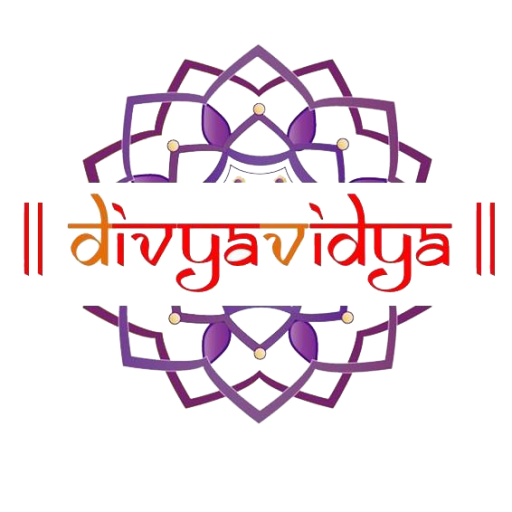Tarot cards have long captivated people with their mystique and imagery, often associated with fortune-telling, curiosity, and entertainment. But beyond the sensationalism lies a powerful tool that can foster self-discovery, spiritual growth, and a deeper understanding of life’s journey. For those open to exploring their intuition, tarot offers profound insights that go far beyond simply predicting the future. This blog dives into the real power of tarot cards, exploring how they aid in spiritual growth, intuitive development, and holistic well-being.
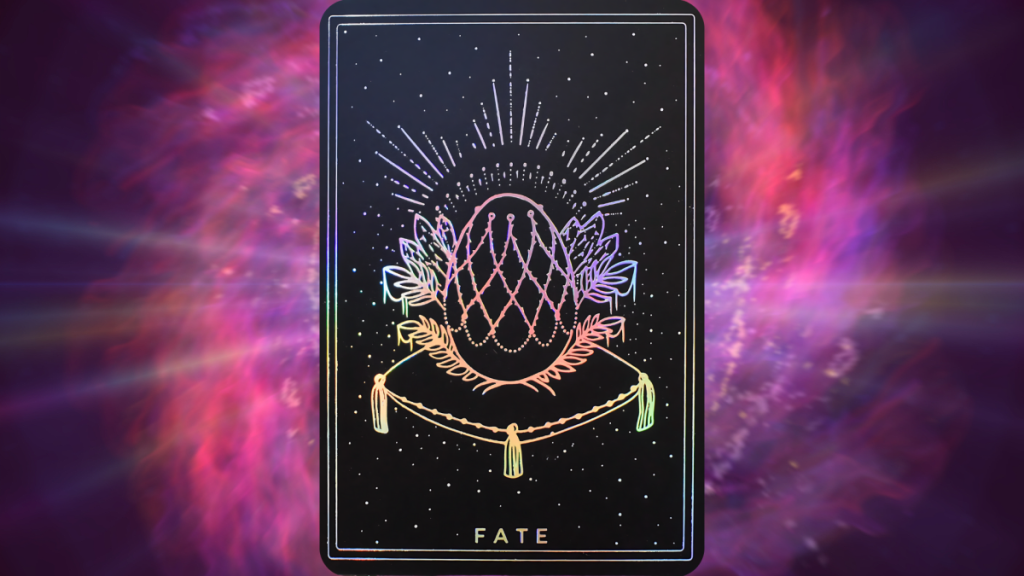
Understanding the True Purpose of Tarot Cards
Tarot cards are a deck of 78 cards, each representing different archetypes, life experiences, and universal themes. Far from being a tool for mere entertainment, tarot can serve as a mirror to the soul, reflecting inner truths and highlighting areas of growth, healing, and clarity.
At its core, tarot is a form of divination—a means of accessing insights that might otherwise remain hidden. This insight does not come from supernatural sources but rather from our own subconscious, where much of our intuition and understanding reside. Tarot cards allow us to tap into this deeper wisdom, offering a framework for self-reflection and personal transformation.
How Tarot Cards Foster Spiritual Growth
Tarot can be a powerful tool for spiritual growth, as each card carries its own symbolism that encourages reflection on one’s life journey. Here are some ways tarot aids spiritual development:
1. Encouraging Self-Reflection
Every tarot reading invites introspection. The symbols and archetypes depicted in tarot cards prompt us to question our motivations, fears, and desires. By contemplating the messages of the cards, we start to peel back the layers of our personality, gaining insights that are often buried under daily routines and external influences.
For example, pulling a card like The Hermit, which represents introspection and seeking inner guidance, may encourage you to spend time in solitude, examine your thoughts, or consider your purpose. In this way, tarot readings can act as checkpoints on your spiritual journey, guiding you to reflect on your beliefs, habits, and behaviors.
2. Embracing Change and Transformation
Many tarot cards represent stages of change and transformation, such as Death (symbolizing endings and new beginnings) or The Tower (indicating sudden shifts or upheavals). Encountering these cards can help you confront change with a sense of purpose rather than fear, as they remind you that transformation is a natural part of life.
By accepting and understanding these changes, we become more resilient and open to spiritual growth. Tarot serves as a gentle reminder that growth often requires shedding old habits or beliefs, making room for new perspectives and personal evolution.
3. Connecting with Universal Archetypes
The archetypes in tarot, such as The Fool, The High Priestess, and The Magician, embody universal human experiences and traits. When we connect with these archetypes, we gain a broader perspective on our own lives and challenges. Recognizing ourselves in these figures can offer comfort and understanding, making us feel less alone in our journey.
Archetypes also help us understand different aspects of our own personality. For instance, drawing The Magician might encourage you to tap into your creative and resourceful side, while The High Priestess could urge you to trust your intuition and inner wisdom.
Developing Intuition Through Tarot
One of the most profound benefits of working with tarot is that it strengthens intuition—a vital skill for navigating life’s uncertainties. Intuition is our inner guide, providing insights beyond logical reasoning. Here’s how tarot helps enhance this ability:
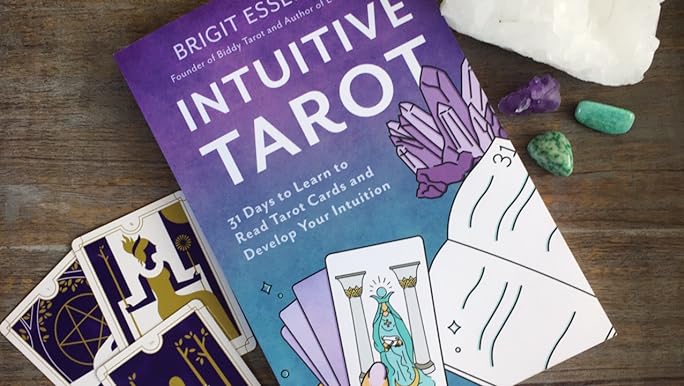
1. Symbol Interpretation and Personal Intuition
Each tarot card is rich in symbols, colors, and imagery that can be interpreted in countless ways. As you work with the cards, you learn to trust your initial impressions and personal associations, which strengthens your intuitive abilities.
Over time, tarot helps you recognize patterns, connect with your subconscious, and interpret symbols in ways that resonate with your personal experiences. For example, if you draw The Moon card, known for its association with dreams, mystery, and subconscious fears, you may be drawn to think about an area in your life where things feel unclear or hidden. Trusting your instincts in interpreting these symbols enhances your intuitive insight.
2. Listening to the Inner Voice
When doing a tarot reading, it’s not just about interpreting the cards, but also about listening to the inner voice that arises as you shuffle, draw, and reflect. This inner dialogue often brings subtle but significant messages that might go unnoticed in the rush of daily life.
With regular practice, you can develop a habit of tuning in to this voice, honing your intuitive abilities. Tarot teaches you to create space for reflection, where you can hear the whisper of your intuition more clearly.
3. Practicing Mindfulness and Presence
Tarot readings require focus, mindfulness, and presence, as each card invites contemplation. This process helps cultivate a meditative state where intuition can flourish. As you calm your mind, your ability to connect with your intuitive self deepens.
Many tarot practitioners approach the cards with a sense of ritual, creating a space that feels sacred and intentional. This practice not only strengthens your connection to the cards but also fosters a mindful approach that translates into everyday life, making you more in tune with intuitive signals.
Tarot as a Tool for Personal Empowerment
Beyond divination, tarot offers a way to empower yourself by encouraging self-acceptance, resilience, and a proactive mindset. Here’s how tarot serves as a tool for personal empowerment:
1. Taking Responsibility for Your Choices
Unlike traditional fortune-telling, tarot doesn’t predict a fixed future; rather, it shows potential paths and invites you to take responsibility for your choices. Each reading is a reflection of your current energy and mindset, which means you have the power to change your course.
For instance, if a reading shows challenges ahead, such as drawing The Five of Swords, it’s an invitation to consider how you can approach potential conflicts or difficult situations constructively. This approach empowers you to make informed decisions rather than feeling bound by fate.
2. Understanding and Processing Emotions
Tarot offers a safe space to explore emotions, especially those that may feel difficult or overwhelming. By identifying with the cards, you can process and understand feelings like fear, anger, or grief in a constructive way.
For example, The Three of Swords, often associated with heartache, encourages you to confront emotional pain. Instead of repressing it, tarot invites you to process these feelings, leading to healing and emotional resilience.
3. Manifesting Goals and Intentions
Many people use tarot as part of their manifestation practice, using the cards to set intentions and visualize their goals. By focusing on a specific card that resonates with your desires—such as The Star for hope or The Sun for positivity—you can create a mental and emotional alignment with your goals.
This visualization process, combined with setting intentions, can help you stay focused on your objectives and motivated to achieve them. Tarot acts as a reminder of the power within you to shape your reality, making it a valuable tool for manifestation.
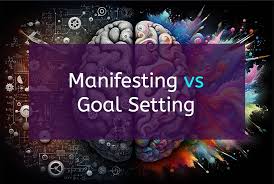
Practical Tips for Incorporating Tarot into Daily Life
If you’re interested in exploring tarot beyond entertainment, here are some ways to incorporate it into your daily life for personal growth and empowerment:
1. Daily Draws for Reflection
Starting each day with a single card draw is a simple yet effective way to connect with tarot. Ask a question like, “What energy should I focus on today?” and use the card as a theme for your day. Over time, daily draws help you build a relationship with the cards and integrate their insights into your everyday actions.
2. Journaling Your Readings
Keeping a tarot journal is a great way to track your progress and reflect on patterns in your readings. After each reading, write down the cards, your interpretations, and any intuitive feelings. Revisiting your journal entries can provide valuable insights and show how your understanding of the cards deepens over time.
3. Using Tarot for Decision-Making
When faced with a difficult decision, a tarot reading can offer clarity. Lay out a few cards to examine different aspects of the decision, such as potential outcomes or challenges. This exercise can illuminate factors you may not have considered, helping you make a more informed choice.
Myths and Misconceptions About Tarot
Despite its benefits, tarot is often misunderstood. Here are some common myths and the truths behind them:
- Myth: Tarot predicts the future with certainty.
Truth: Tarot reflects potential outcomes based on current energies, offering guidance rather than fixed predictions. - Myth: You need to be “psychic” to use tarot effectively.
Truth: Anyone can use tarot to develop their intuition. It’s a tool for self-reflection, not a supernatural ability. - Myth: Tarot is associated with negative energies or superstition.
Truth: Tarot is a neutral tool that can be used positively for personal growth, healing, and insight.
Conclusion: Embracing the Real Power of Tarot
The true power of tarot lies in its ability to foster self-awareness, spiritual growth, and emotional empowerment. By embracing tarot as a tool for reflection and insight, you can enhance your intuition, gain clarity on life’s challenges, and take control of your personal growth.
Far from being a mere parlor trick, tarot is a pathway to understanding yourself more deeply and aligning with your highest potential. Whether you’re a curious beginner or an experienced reader, exploring tarot can be a transformative journey that enriches your life, offering guidance, wisdom, and the joy of self-discovery.
